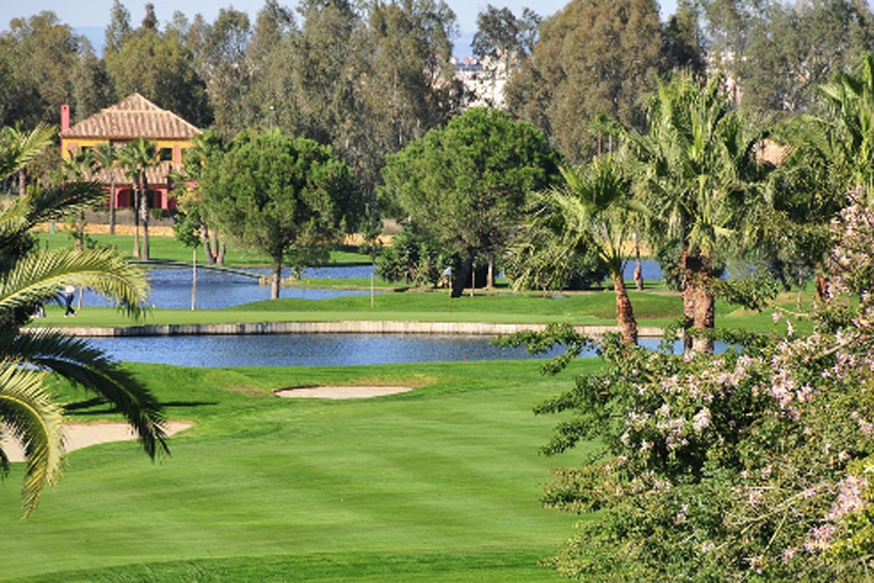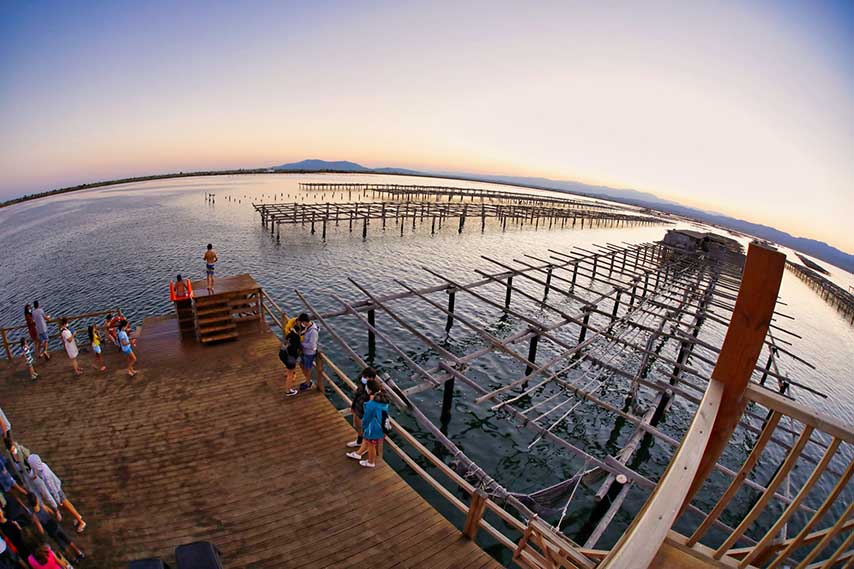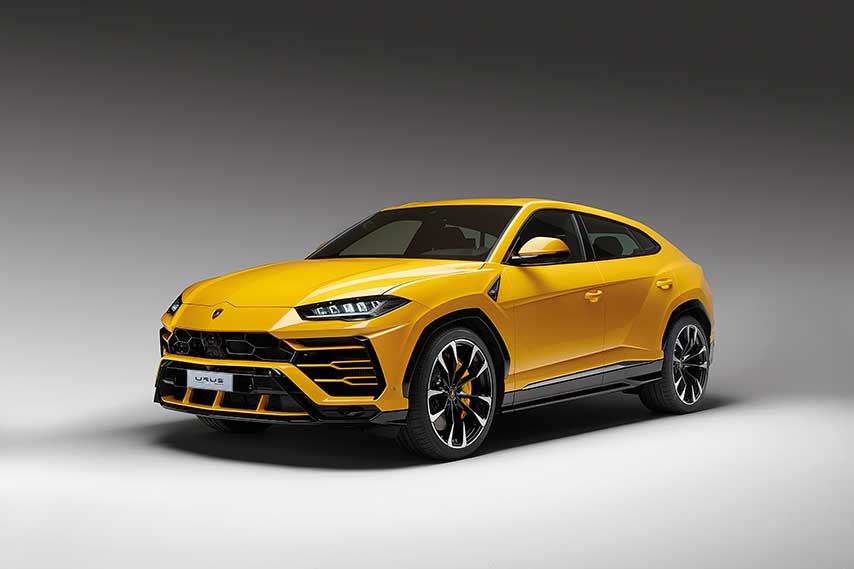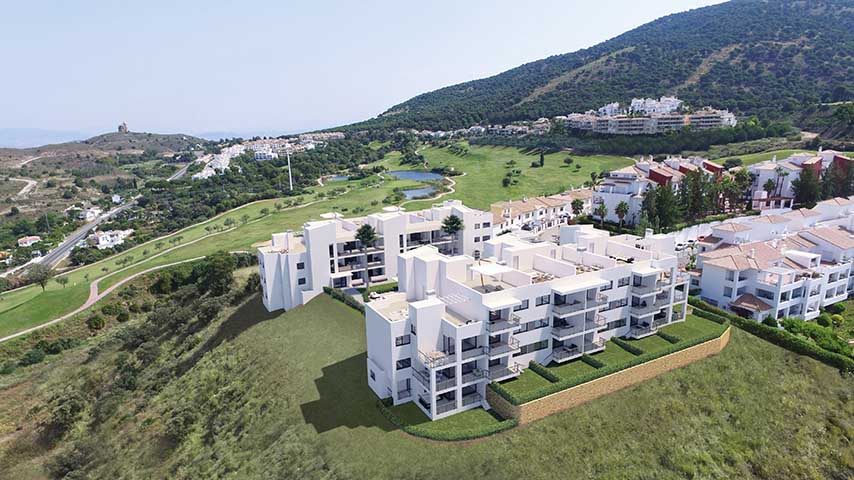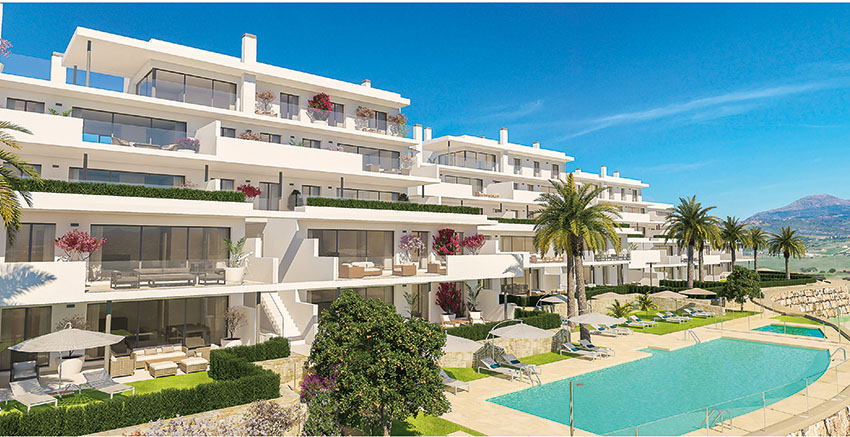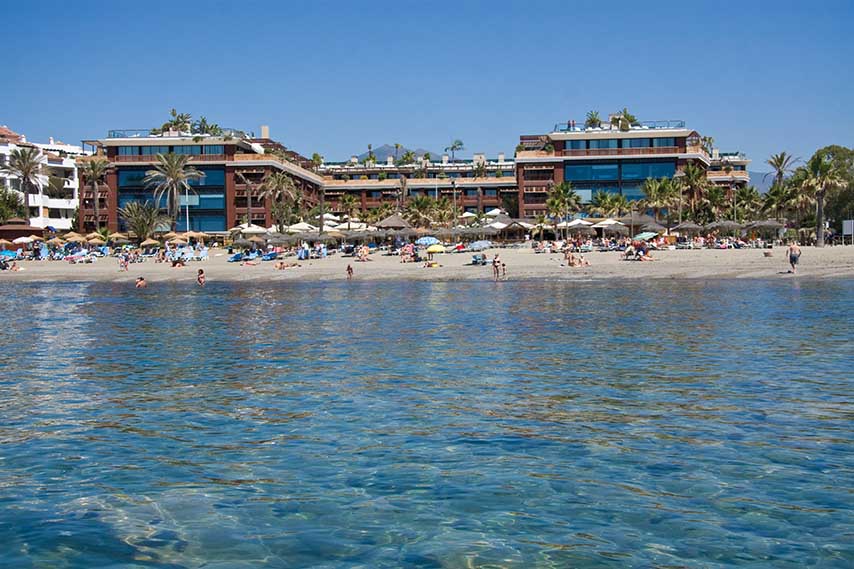Expo ‘92 placed the city of Sevilla front and centre on the world stage, but visitors soon find that its surrounding province is just as fascinating. The people of Sevilla have a longstanding passion for horses and nowhere is this more evident than at the April Fair in the provincial capital. Don’t forget your camera! Golf is a relative newcomer to the list of Sevilla’s attractions. Although the private Pineda Club dates back to 1939 it was the province’s only course until the 1990s. Nonetheless, the popularity of the game is growing rapidly and several additional courses have been constructed over the past 15 years. Today, the province has five golf courses including Royal Sevilla, which hosted the 2004 World Cup, 2008, 2010 and 2012 Spanish Opens, and 2009 Andalucian Open. Designed by José María Olazábal, Royal Sevilla is one of three courses within just four kilometres of Sevilla centre, together with Zaudín (a Gary Player design) and Pineda. The other two, Las Minas and Hato Verde, are located in Aznalcázar municipality and Las Pajanozas (Guillena), respectively. Sevilla city is also home to the La Cartuja sports complex, which includes a golf academy and nine-hole public-owned course. The main focal point of the province, however, remains the city of Sevillla itself. Legend has it that Sevilla was founded by Hercules, though archaeological evidence would point to the Tartessians. Many centuries later, following the expulsion of the Moors, Sevilla became the nerve centre of the Spanish empire. It reached the height of its prosperity when the Americas were discovered and its harbour was full of ships laden with gold and silver from the New World. So in 1992, the 500th anniversary of Columbus’ famous “Voyage of Discovery”, it was only fitting that the host city for the World Fair should be Sevilla. A stroll through the streets of Andalucía’s capital city is like turning the pages of a history book. From wherever in the city you look you can’t miss La Giralda, the graceful bell-tower located on the site of a mosque built in 1172. Visit the Barrio de Santa Cruz, the old Jewish quarter with its maze of narrow streets next to the cathedral, which is the second largest in Europe. Then there’s the 13th-century Torre de Oro which served as a repository for the New World’s treasures. Sevilla is famous for its fiestas and ferias, especially the aforementioned April Fair when the whole city erupts in a riot of colourful celebrations complete with “sevillanas”, flamenco, riders on horseback, much gaiety and plenty of wine. The Easter Week processions, though far different in character – much more sombre – are also famous among travellers from throughout the world.
Sevilla: Andalucia’s Historic Capital
